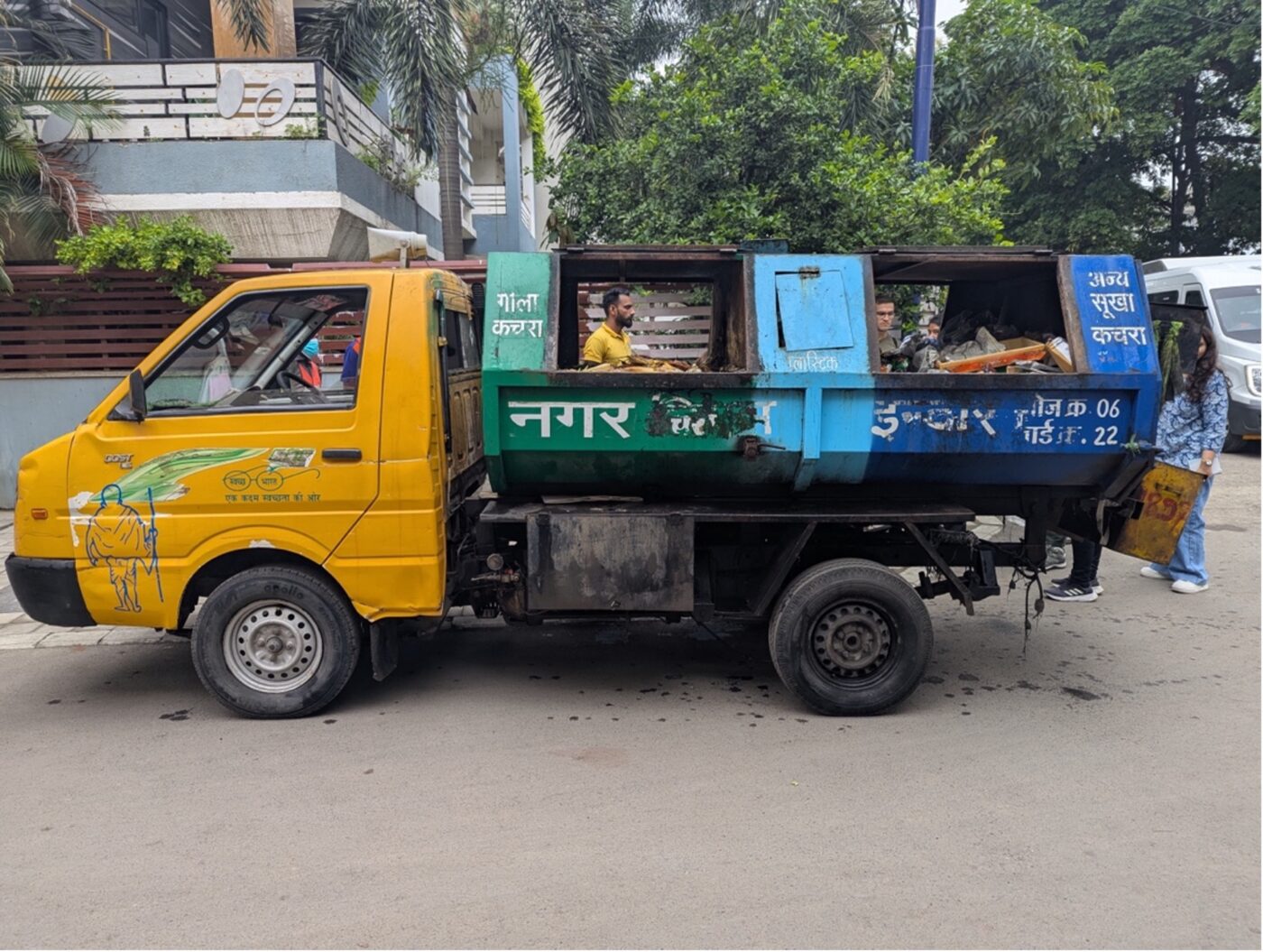
Experience Exchange: Learning from India’s waste management success
Over the past 20 years, India has taken important steps to strengthen its solid waste management systems, from policy changes to improved technical and implementation support at the national, state, and local level. This month, as part of the WasteMAP initiative, CATF’s methane pollution prevention team traveled there with representatives from the Ministries of Environment of Brazil, Ecuador, and Guatemala, and our partners at Ambire Global.
Our goal was to seek to understand how a country of nearly 1.5 billion people is implementing national-level requirements to source, separate, and treat organic waste – which are among the most impactful solutions to mitigate methane emissions from solid waste disposal. These solutions are critical for governments working toward circular economy goals and limiting the climate impacts of waste, but they can be daunting to start from scratch.

India has progressively improved its waste management system through evolving policies and clear targets for progress. Measures like the Solid Waste Management Rules of 20161 and the Swachh Survekshan programme2 have created the momentum and incentives needed to translate national policies into municipal action – a challenge often faced in Latin America. Against this backdrop, we organized an experience exchange that sought to move participants from understanding national-level policies and institutions to examining city-level implementation across different stages of the waste value chain.
Linking national policy to municipal action
We began in Delhi with a briefing on the history of solid waste management policy and implementation in India from The Energy and Resources Institute and local consultant Sourabh Manuja.
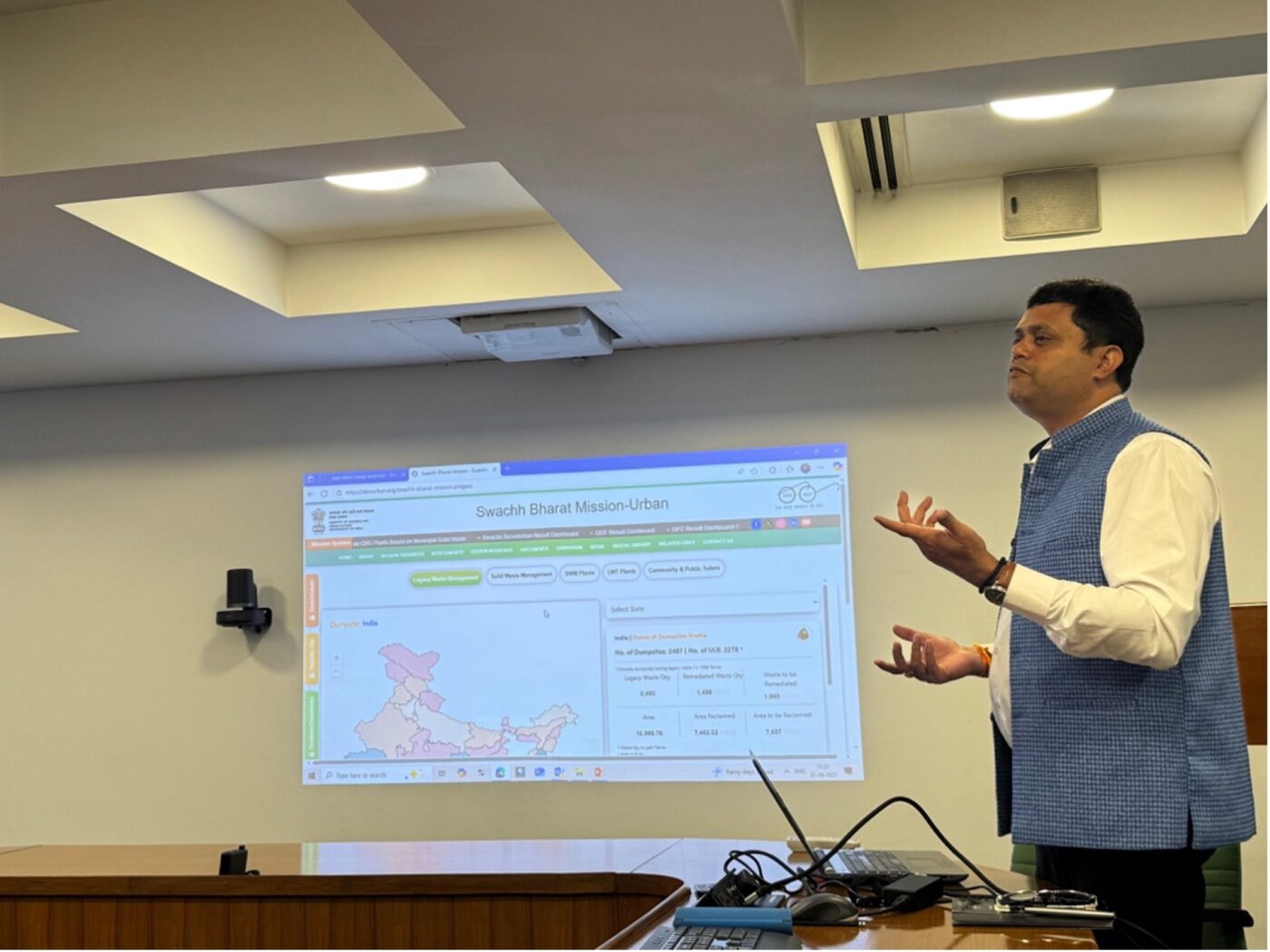
The delegation then met with Dr. V. K. Chaurasiya, Advisor at the Central Public Health and Environmental Engineering Organization, which provides technical support to state and local governments in implementing national rules. The group was particularly interested in India’s city ranking system, where cities are given scores in response to their answers to the national cleanliness survey, as well as the country’s progress in closing dumpsites and the nuances of supporting cities of different sizes.
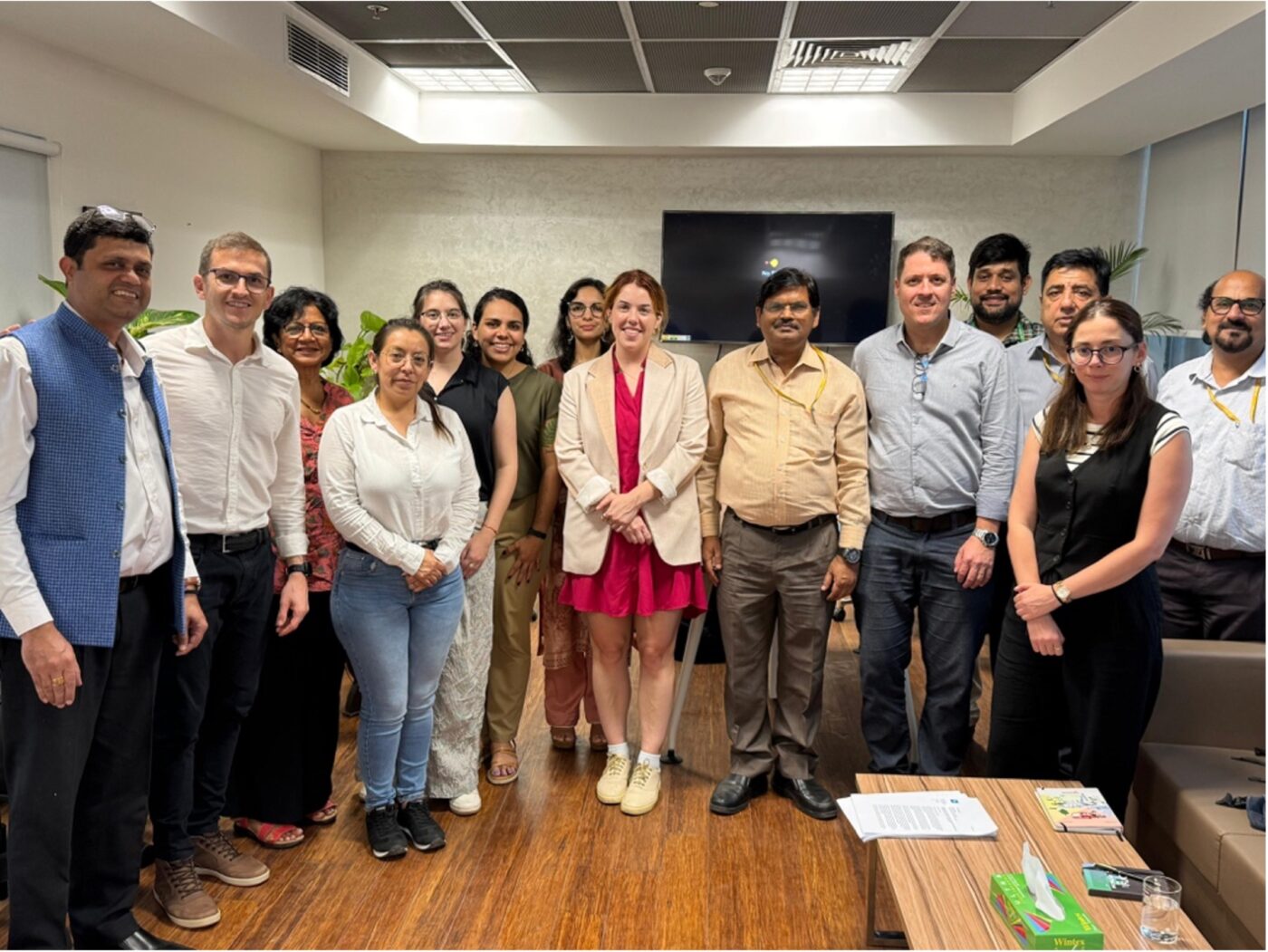
Indore: a model of cleanliness and scale
Next, we headed to Indore, which is ranked as India’s cleanest city for nine consecutive years through the Swachh Survekshan, or national cleanliness survey.
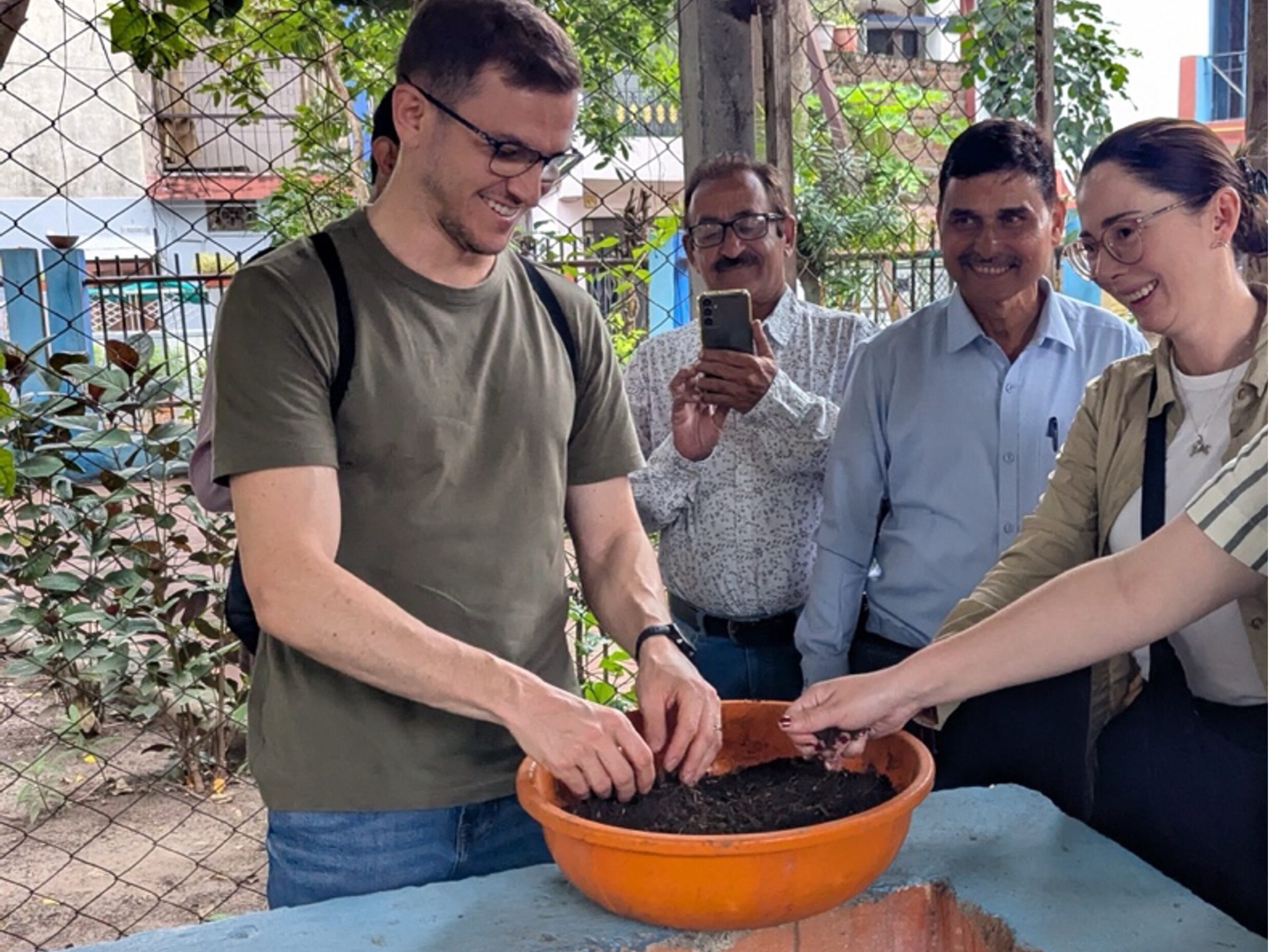
We visited Asia’s largest biogas facility, with a capacity to treat 500 tons of organic waste per day, as well as the city’s materials recovery facility. A highlight was Indore’s command and control center, where municipal staff track nearly 800 primary and secondary waste collection vehicles in real time. The system monitors vehicle performance, reduces absenteeism, holds staff accountable, and improves citizen confidence in waste management services.
Throughout the visit, officials emphasized that citizen confidence has been critical to Indore’s success. When residents trust waste management services – and public utilities more broadly – they are more likely to adopt the behavioral changes needed to make programs successful.
With a population of just over 3.2 million, Indore is similar in size to Guatemala City, Quito, and Brasília, demonstrating that, although challenging, segregated waste collection is possible under similar circumstances.
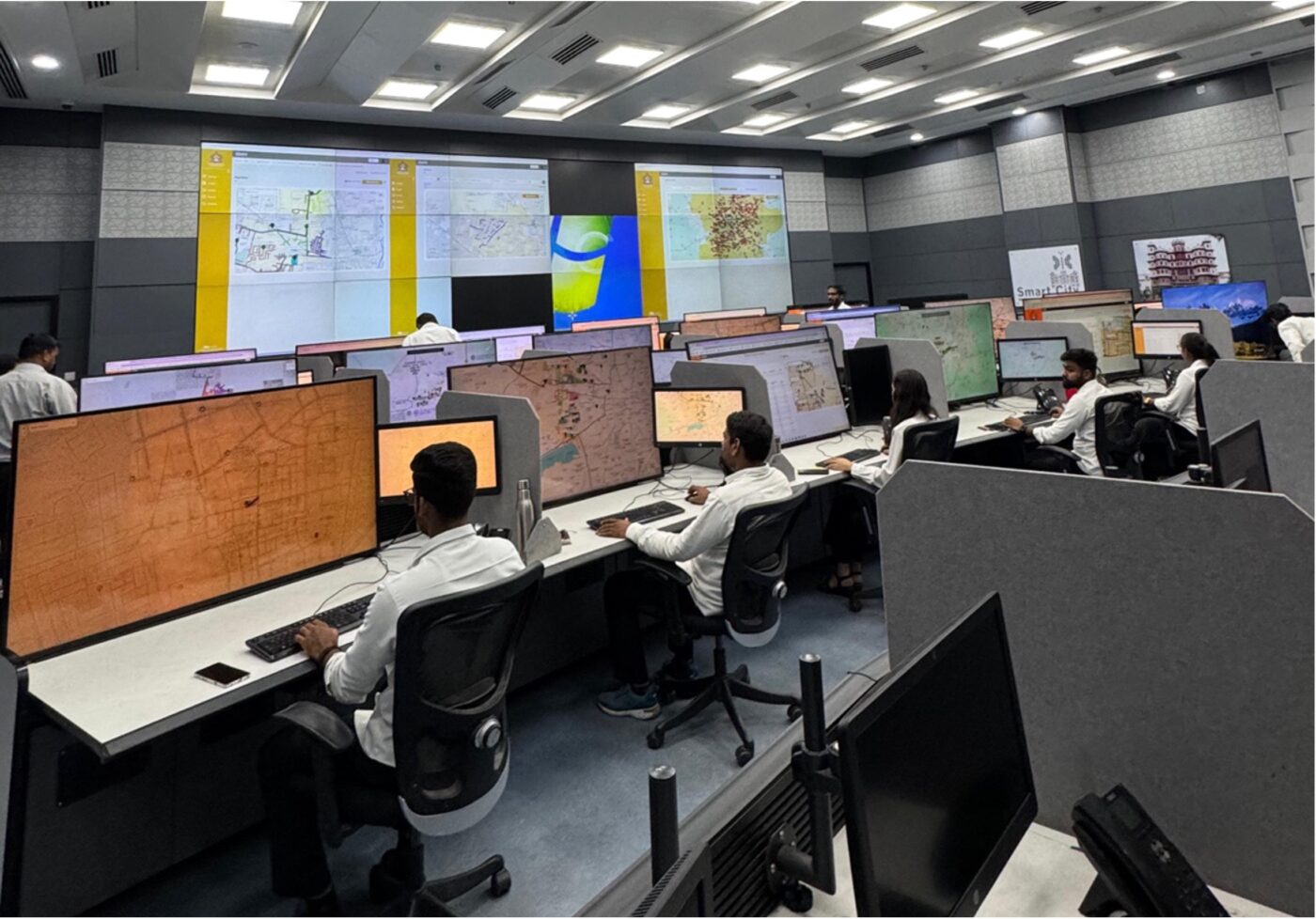
Chennai: Decentralized and community-based approaches
Finally, we traveled to Chennai, the capital of the state of Tamil Nadu, where we explored smaller and more decentralized solutions.
In Padur village, participants visited the Clean Oceans through Clean Communities (CLOCC) project site, touring homes that are part of the project’s composting initiative and learning about the infrastructure and training provided to make it a success. The group also visited Chennai’s 100-ton-per-day biogas facility, established through a public-private partnership with the municipality, which manages organic waste from bulk generators.3
Peer-to-peer exchange as a driver of progress
From the outset, CATF and partners emphasized that the purpose of the trip was to inspire. On the second-to-last day, one participant reflected on how valuable the experience was, noting that India faces many of the same challenges as their own country. If the visit had been to Europe or the United States, part of the relevance would have been lost.
The exchange reinforced the importance of peer-to-peer learning across countries facing similar challenges. India’s progress in closing dumpsites, remediating sites, and significantly limiting the amount of waste sent to landfills—while also working toward a more circular economy—offers valuable lessons for other countries facing similar challenges.
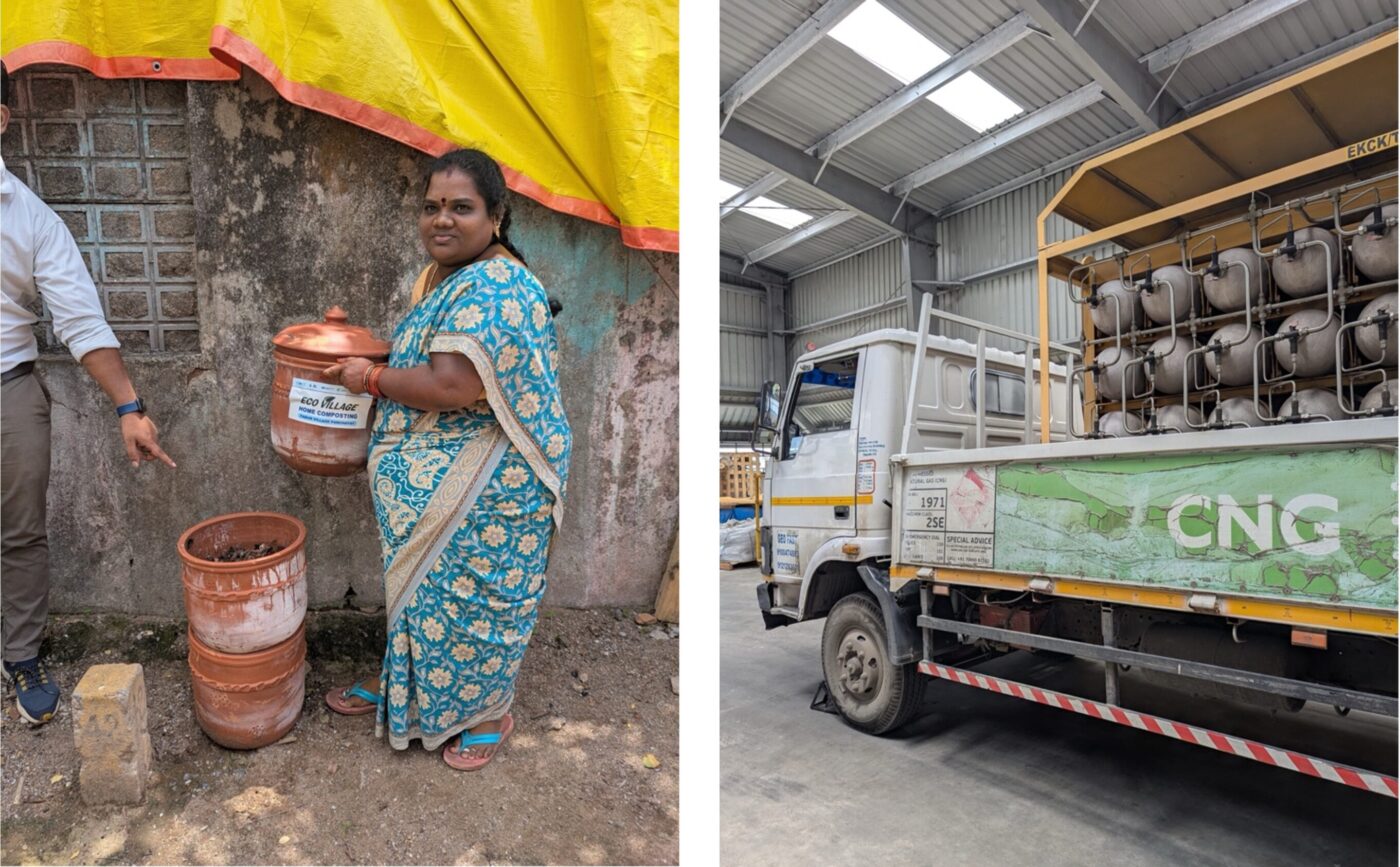
Footnotes
- The Solid Waste Management Rules of 2016 govern waste management in India. Among its many provisions, the SWM Rules require waste generators to source-segregate waste into three categories at a minimum: dry, wet, and household hazardous waste. Urban local bodies are required to collect the waste in a segregated manner.
- Part of the Swachh Bharat Mission or Clean India Mission to eliminate open defecation and to implement waste management in cities and villages across India. The annual cleanliness survey (Swachh Survekshan) collects information from participating cities and assigns them a star ranking to indicate their level of cleanliness based on waste management. The star ranking created a healthy competition, with cities striving to improve their ranking. Improved ranking not only raises the profile of a city, but also unlocks financial assistance from the central government for waste-related projects.
- In India, bulk waste generators are defined as facilities that produce more than 100 kilograms of waste per day. They are required to either manage their waste onsite or cover the cost of having it collected and treated elsewhere.





